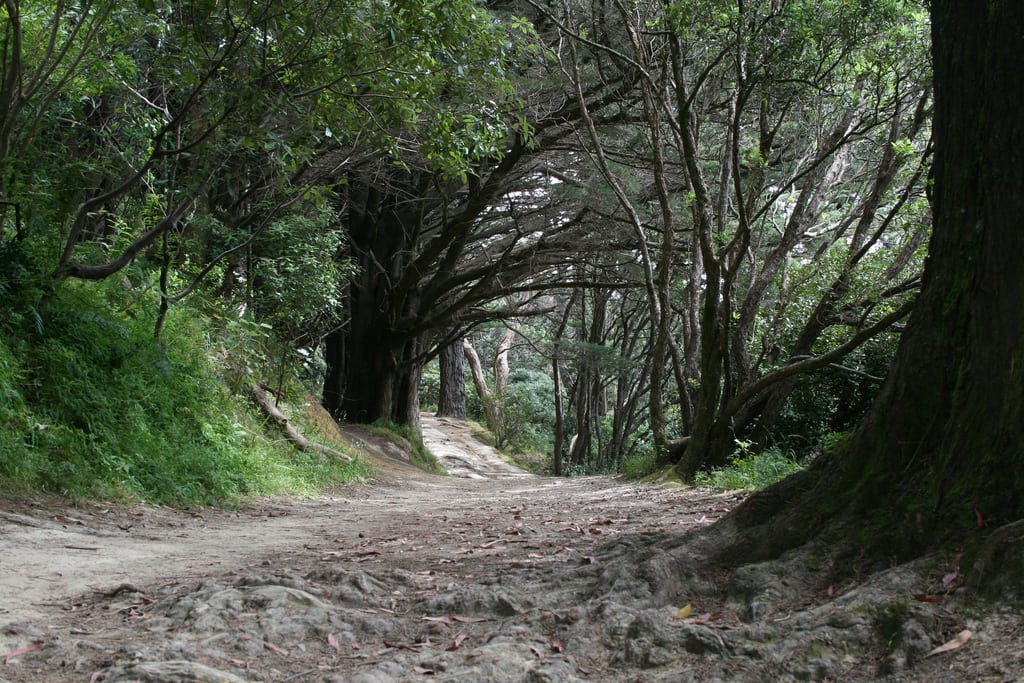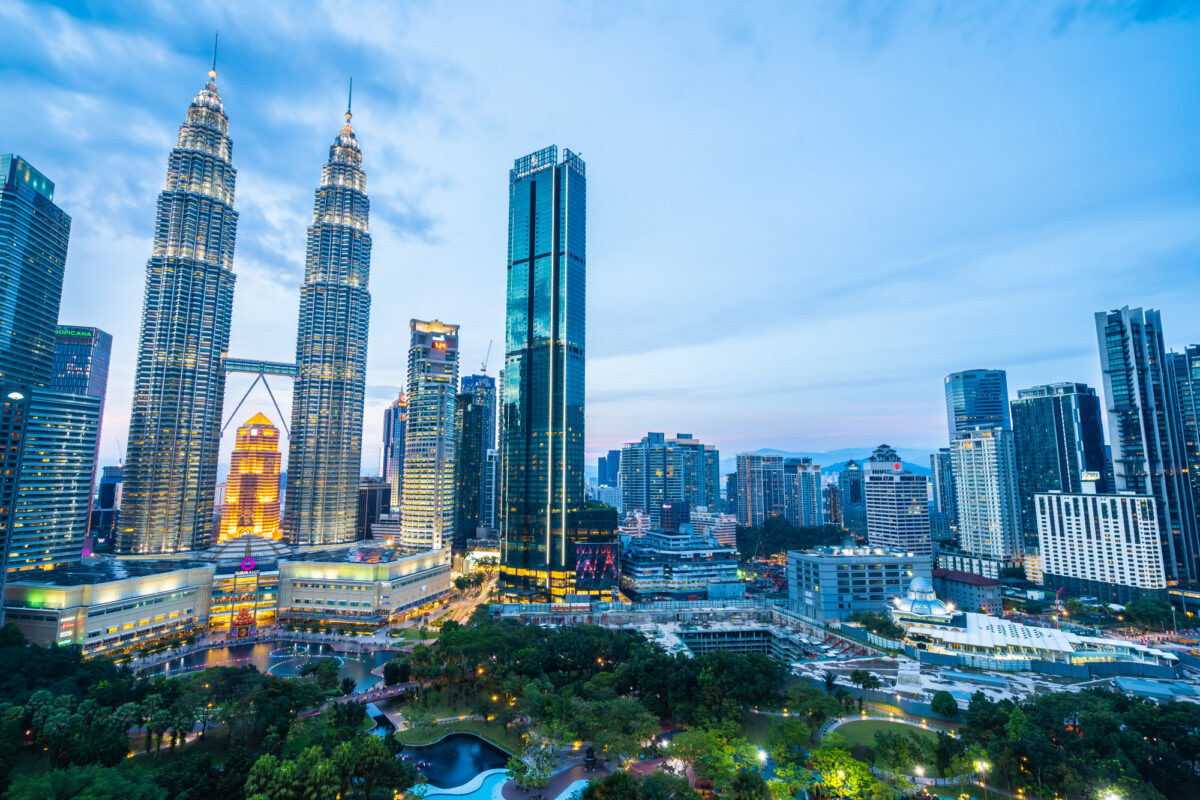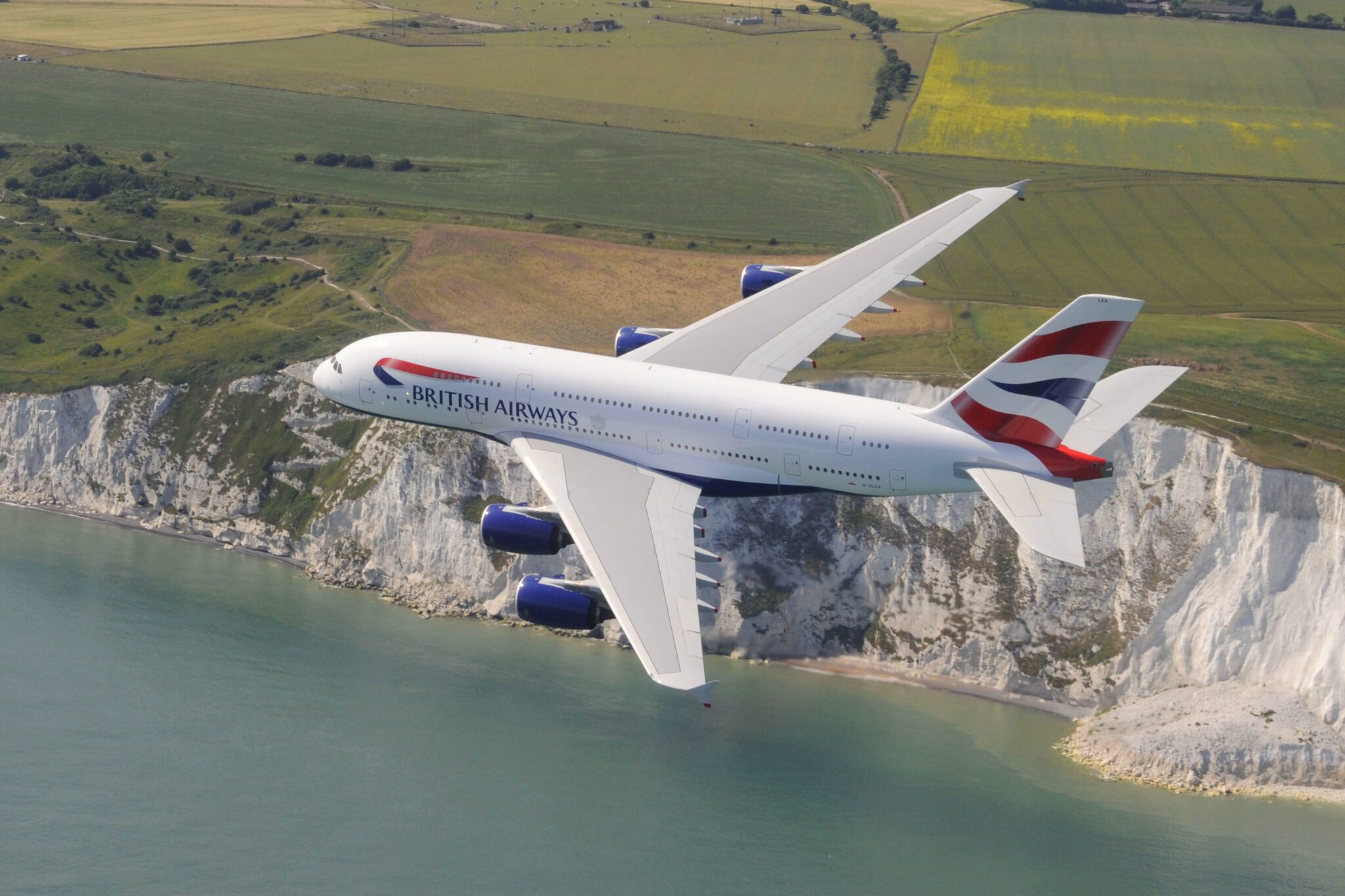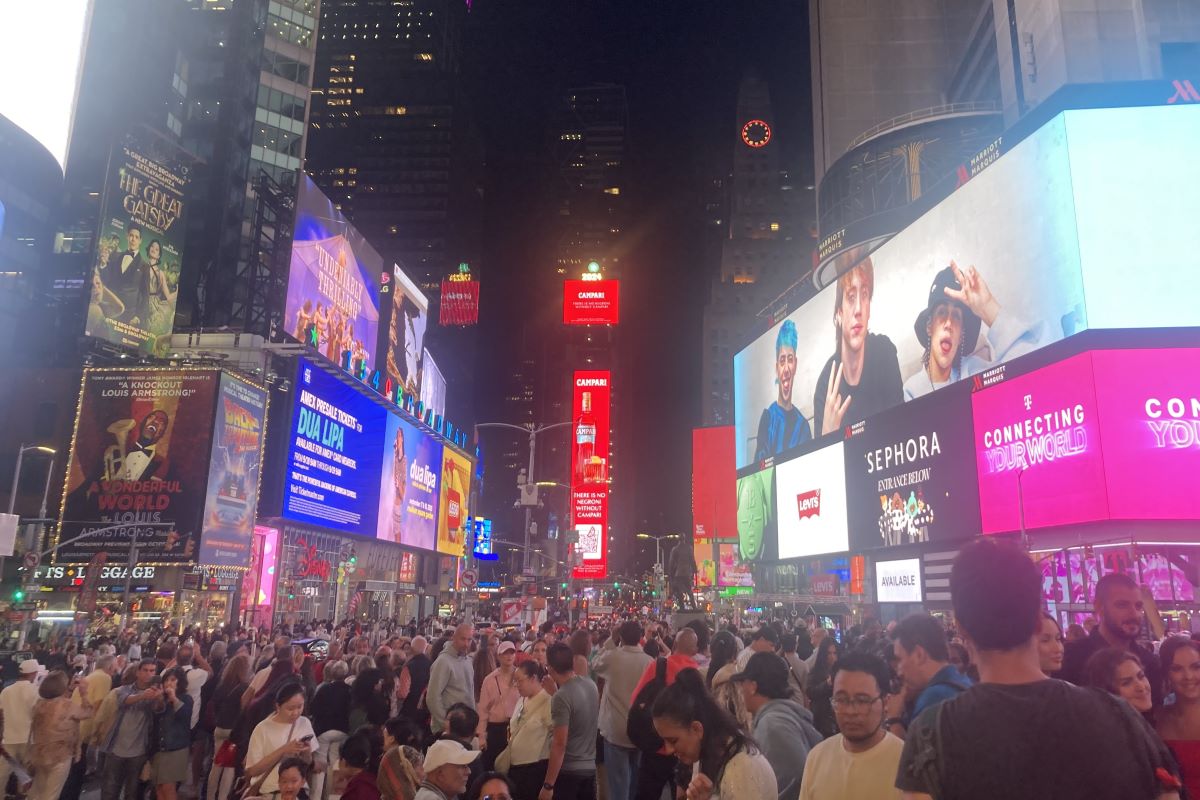Hobbit habits: New Zealand is ready this time for Tolkien tourism

Skift Take
This time last year, New Zealand was under the spell of the Rugby World Cup, with host nation enthusiasm going a long way to realising the organisers’ vision of a “stadium of four million”. In 2012, the big event features hairy feet of a different sort, with the New Zealand-made film The Hobbit: An Unexpected Journey opening with a world premiere in Wellington, the home town of director Sir Peter Jackson, in six weeks.
A decade after Jackson’s three-film adaptation of JRR Tolkien’s The Lord of the Rings emerged to critical and popular acclaim, the countdown to The Hobbit – in its film form, also a trilogy – began last week in earnest. In earnest and in fact: Wellington mayor Celia Wade-Brown unveiled a giant clock, complete with an image of Martin Freeman as Bilbo Baggins, counting down the minutes to the 28 November premiere.
The clock sits atop the Embassy Theatre, the handsome 1920s cinema that will host the screening. A bevy of international stars, led, it’s safe to predict, by Freeman, will return to Wellington to walk the red carpet down Courtenay Place. The last time the 500m carpet was unrolled, for the world premiere of The Return of the King in 2003, about 120,000 people came to watch the procession. Organisers expect a similar turnout this time. “It will be a real carnival atmosphere,” promises Wade-Brown.
There is nothing subtle about efforts to piggyback. The national tourism slogan “100% Pure New Zealand” has become “100% Middle-earth”, while in the days leading up to the premiere Wellington will be “renamed”, Wade-Brown announced last week, as “Middle of Middle-earth”.
It would all no doubt bewilder Tolkien, who conjured up his Middle-earth from Oxfordshire in the 1930s, and never travelled as far as New Zealand.
The cinematic Middle-earth, however, is becoming hard to avoid. Last week saw the launch of commemorative stamps and coins sporting the images of Freeman’s Bilbo and Ian McKellen’s Gandalf. A dollar coin will sell for NZ$30 (£15). A set of three $10 coins retails at $11,000 (£6,000).
Elsewhere, hints of the approaching publicity deluge keep appearing. At the top of the website for TVNZ, the country’s biggest broadcaster, lining up alongside generic categories such as “news”, “sport” and lifestyle is “The Hobbit”. Passengers on Air New Zealand will soon find themselves lectured on the location of their lifejackets by crew dressed as characters from The Hobbit in a new inflight safety video.
A shire of four million, then? Not quite. Broadly, New Zealanders are behind Jackson’s project, and appreciative of what the films have done for the film and tourism industries (the combined value of the Lord of the Rings trilogy to the New Zealand economy is estimated at more than NZ$700m, or £350m). But reports of “Middle-earth fever” are misplaced. The novelty of the scale and ambition of the Lord of the Rings project has dissipated, and for the most part enthusiasm is muted.
If there is feverishness, it is in the efforts of the tourism industry to “leverage The Hobbit“, as the Tourism New Zealand chief executive has put it. The “100% Middle-earth” campaign, it is hoped, will be a shot in the arm for an industry that has seen growth in visitor numbers stall in recent years.
It is all a huge contrast from the Lord of the Rings experience. Back then, tourist operators felt “ambushed” by fans of the films, says Melissa Heath, owner of Southern Lakes Sightseeing, which specialises in Lord of the Rings location tours. “I don’t think anyone in New Zealand was ready for it.”
Her company, based in the South Island tourist hub Queenstown, fielded numerous calls after the first release in 2001 from visitors eager to see the film locations – those that weren’t created digitally, at least. By 2004, the company had become exclusively focused on Lord of the Rings tourism. “It was initially full-on Ringons,” says Heath. “People would be speaking elvish in the van, dressed as Sam or Frodo. Now it’s settled back to everyday people. But most of our clients are absolutely committed, dedicated fans.” They are also almost invariably from overseas. “New Zealanders are completely bemused by the interest here,” she says.
Heath is expecting business, which has remained steady since hitting a peak in about 2005, to grow again with the Hobbit films. Her company, along with similar operators around New Zealand, is eagerly awaiting the likely release of location details. “We have an idea about them, but like everybody we don’t know exactly where.”
The attraction most certain to enjoy a boost is Hobbiton Movie Set and Farm Tours. Nestled in undulating hills near the quiet rural town of Matamata, in the North Island Waikato region, and half-owned by Jackson, this is where the hobbits really lived. Or near enough: large parts of the Rings and Hobbit films were shot here – and the current visitor numbers, about 20,000 a year, are expected to rapidly swell.
Tourism aside, the great economic legacy of The Lord of the Rings is in production expertise – highly skilled crews and digital animators – backed by a “phenomenal investment in computer technology”, says John Yeabsley, a senior fellow at the NZ Institute for Economic Research, and co-author of a 2002 report on “the lasting effects of The Lord of the Rings“. “Once all the mania was over, what it really left was an amazing increase in human capital, in skills and reputation, in proven capability on the ground,” Yeabsley says.
That is echoed by the Wellington mayor. “The Tolkien transformation has been absolutely extraordinary for our capital,” says Wade-Brown, a British expatriate. “There will be short-term gains for the city, in tourism especially, but the big Wellington story is really one of technology and talent.”
The threat today for that skilled workforce, as for tourism, says Yeabsley, comes both from the the global economic slump and the strengthening New Zealand dollar. When Jackson began on the first trilogy, the American dollar bought almost exactly twice the amount of the New Zealand currency that it does today.
It is against that backdrop that John Key, the New Zealand prime minister, embarked earlier this month on a tour of Hollywood, to “sell New Zealand” to studio bosses. He had an able chaperone in James Cameron, who spent more than NZ$350m making Avatar in New Zealand, and is in the process of moving his family to live there.
With the screen industry contributing close to NZ$3bn a year to New Zealand’s economy, said Key, “in simple terms, this visit is about jobs for New Zealanders”. Part of his message was that “we have made sure our law is flexible”.
For some, however, such flexibility was taken too far in 2010, when New Zealand labour legislation was changed in the face of Warner Brothers’ threats to move production of The Hobbit elsewhere. The “Hobbit law”, together with fresh tax breaks to offset the shifts in exchange rate, saw the films stay in New Zealand. But with the Tolkien catalogue just about run dry, the next challenge is to sustain life after Middle-earth.
![]()




